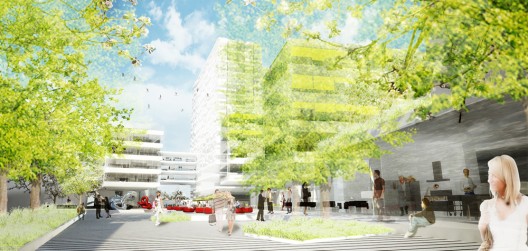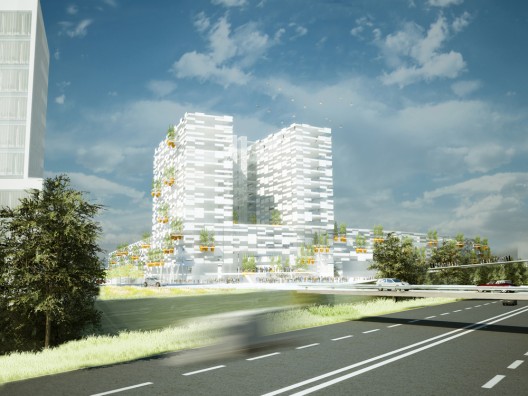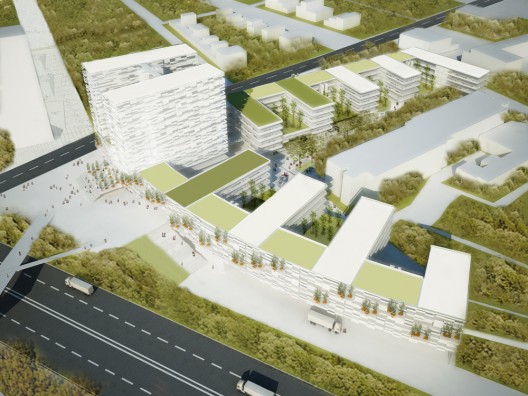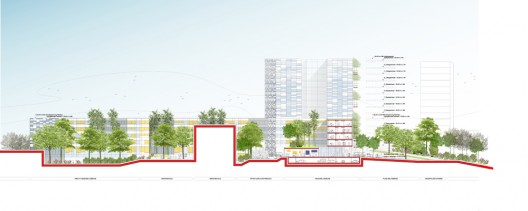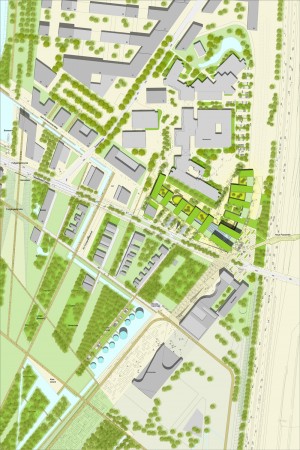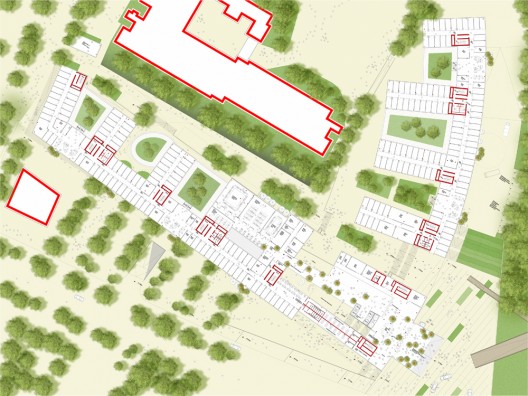
It’s an exciting time for sports fans everywhere as cities around the world unveil the incredible stadiums that will host the events of tomorrow, and the designers and architects of Populous have them in spades. The latest competition-winning proposal from the HOK offshoot was recently selected as the primary stadium for the 17th Asian games in Incheon, South Korea. The adaptable stadium creates an abundance of green space within the city that will serve as a public park when not in use.

Designed by Populous (formerly HOK Sport Venue Event) and Heerim Architects and Planners, Incheon’s new stadium is designed to hold 70,000 people for the Asian games in 2014, after which it will downsize and transform into a 30,000 seat stadium and public park.
The elegantly sloping structure is meant to reflect the traditional Buddhist ritual Seung Moo dances. According to architect Daekwon Park, “In architecture, as in dance, dynamic movement creates form, but can also be recognized by the space voids created around its form. The yin and yang of complementary opposites within a greater whole are represented inside the form of the master plan of the stadium, and the left over space around that form, becomes the main access to the building.”
The stadium has been described as promoting “a new era of designing sustainable venues for major events”, however the project’s sustainable features have yet to be disclosed. Ensuring environmental responsibility in a structure designed to draw thousands of spectators is a challenging goal, and we’re interested to see how populous plans on pulling off the feat.
For now Populous has said “The key to its success will be linking it into the surrounding parklands, to make it an open, accessible building for its people. It will be smaller, easier to operate and more usable by the community, securing its long term sustainability and providing a true legacy for the people of Incheon.”
+ Heerim Architects and Planners
Via Bustler







